It’s a technique I haven’t been practicing often, I have tried this earlier, but not really very often.
The look resembles a tree trunk or a dried earth, which it actually is.
The effect is achieved with drying the outside of the body rapidly with a help of sodium silicate and a torch.
Sodium silicate is applied to the outside of the clay and dried rapidly with extensive heat. Sodium silicate is a glass former, forming a very thin glass like surface when dried. When the outside is dried so it can be touched, the inside is pushed out on the potter’s wheel. During the pushing the outside of the body starts to tear and forming this texture. It needs to be just right timing to ensure that only 1-2 millimeters is dried outside, but the inside is still very wet and flexible. Waiting one minute too long can be a waste. If its too dry it cannot be successfully pushed out any more or the whole wall will tear through.
Those jars are made from the Spanish black stoneware clay and the texture is filled with white engobe after bisque firing. The white brings out the texture with so nice contrast with the black clay body. Outside is not glazed at all, but inside is glazed with white glossy glaze.
Question: Should that be my regular? Let me know what you think in the comments bellow.
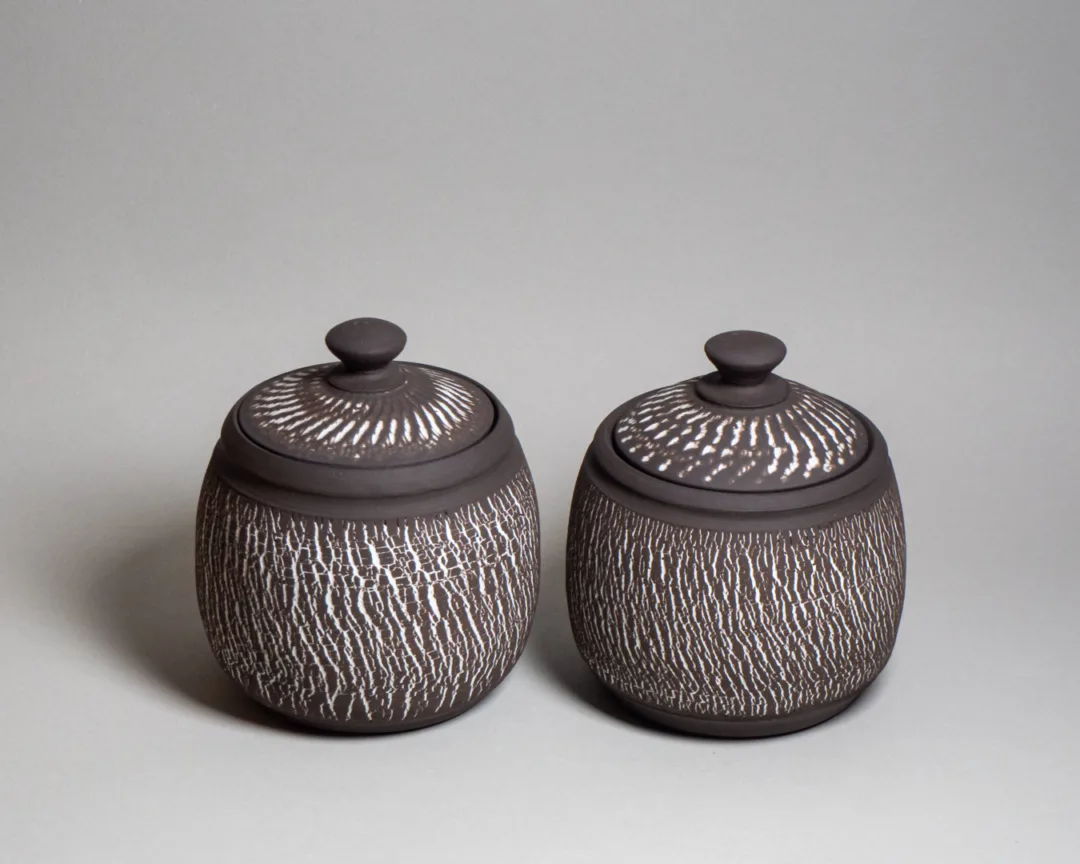
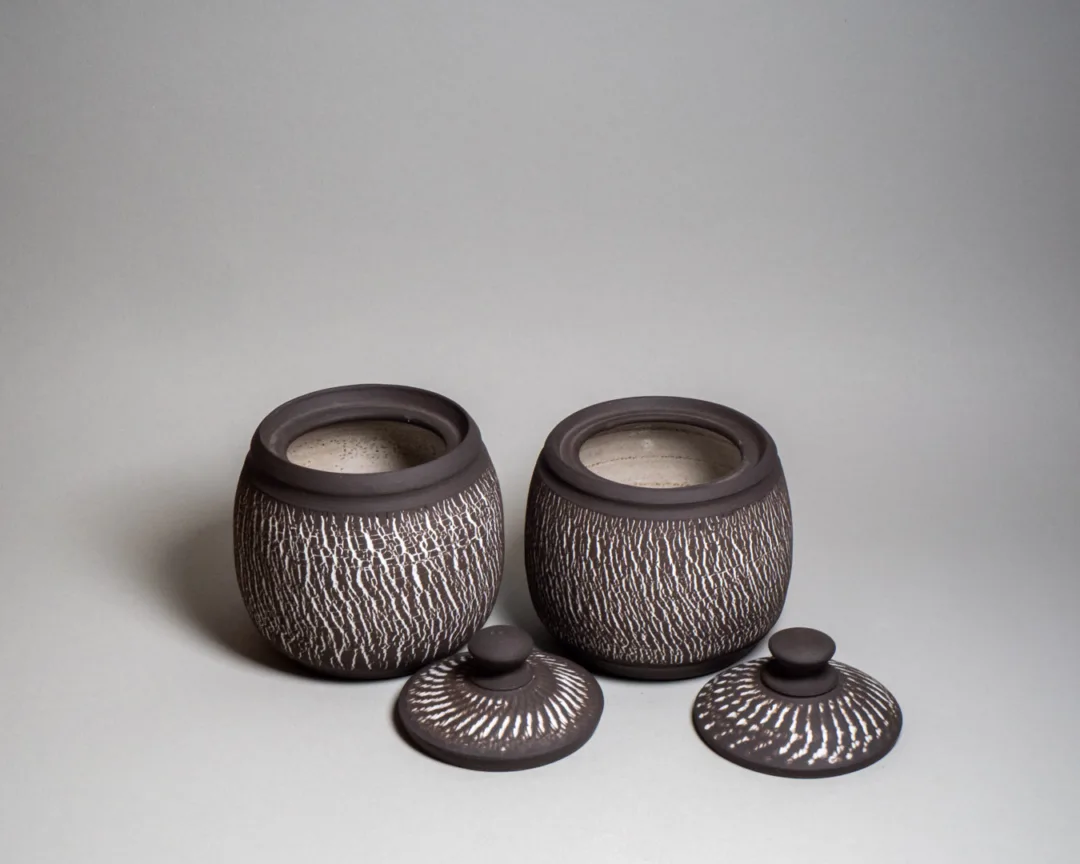
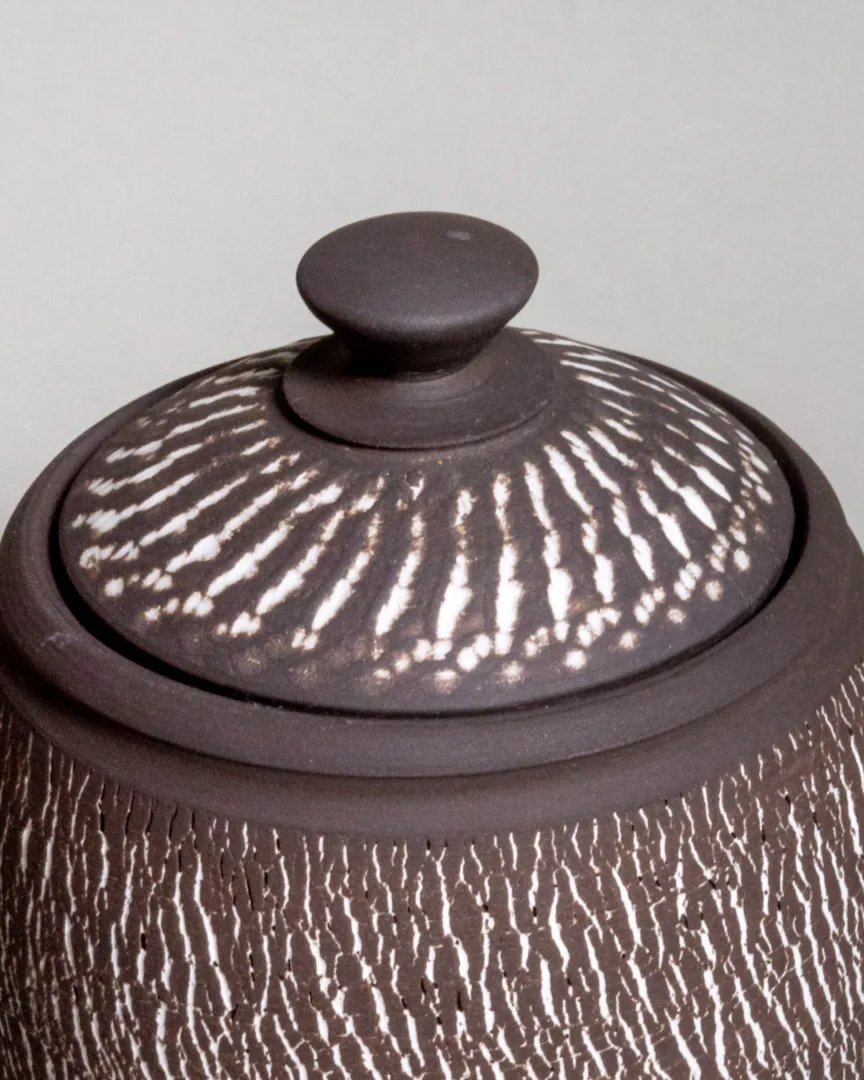

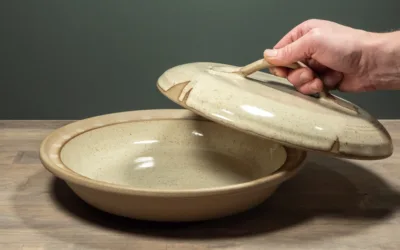
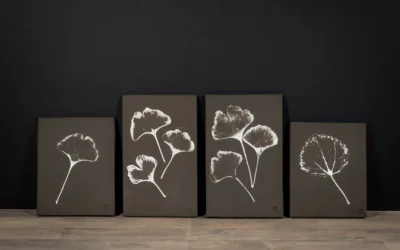
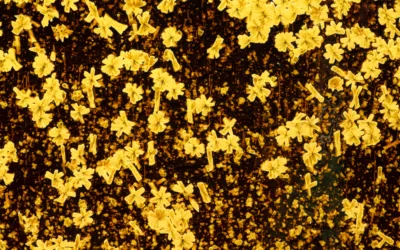
Very beautiful.
Thanks, glad you like